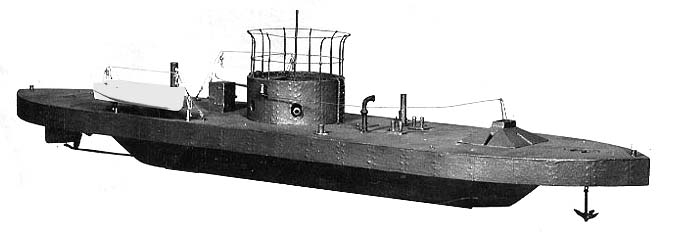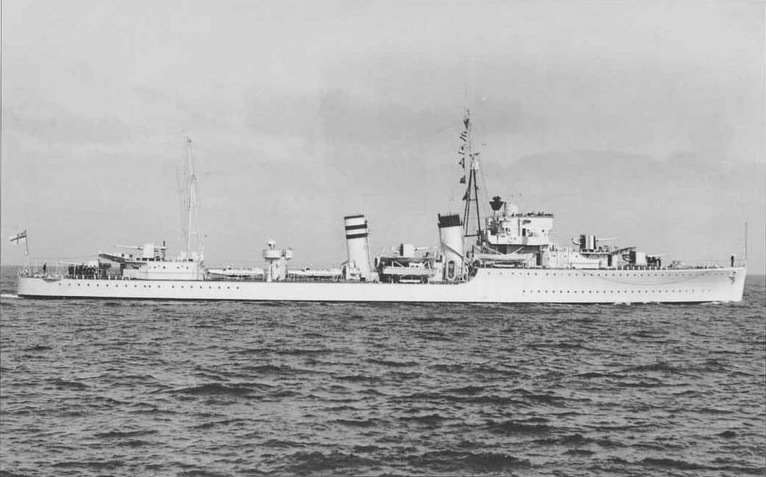|
HMS Havelock
Three ships of the Royal Navy have borne the name HMS ''Havelock'', after General Sir Henry Havelock: * was an Indian paddle gunboat launched in 1857. Her fate is unknown. * was an monitor launched in 1915. She was originally to have been named HMS ''General Grant'', but was renamed HMS ''M2'' and finally HMS ''Havelock''. She was sold in 1921, but was retained, being sold again in 1927. * was an H-class destroyer originally ordered for the Brazilian Navy The Brazilian Navy () is the navy, naval service branch of the Brazilian Armed Forces, responsible for conducting naval warfare, naval operations. The navy was involved in War of Independence of Brazil#Naval action, Brazil's war of independence ... as ''Jutahy''. She was requisitioned before being launched and was sold in 1946. {{DEFAULTSORT:Havelock, Hms Royal Navy ship names ... [...More Info...] [...Related Items...] OR: [Wikipedia] [Google] [Baidu] [Amazon] |
Royal Navy
The Royal Navy (RN) is the naval warfare force of the United Kingdom. It is a component of His Majesty's Naval Service, and its officers hold their commissions from the King of the United Kingdom, King. Although warships were used by Kingdom of England, English and Kingdom of Scotland, Scottish kings from the early Middle Ages, medieval period, the first major maritime engagements were fought in the Hundred Years' War against Kingdom of France, France. The modern Royal Navy traces its origins to the English Navy of the early 16th century; the oldest of the British Armed Forces, UK's armed services, it is consequently known as the Senior Service. From the early 18th century until the World War II, Second World War, it was the world's most powerful navy. The Royal Navy played a key part in establishing and defending the British Empire, and four Imperial fortress colonies and a string of imperial bases and coaling stations secured the Royal Navy's ability to assert naval superior ... [...More Info...] [...Related Items...] OR: [Wikipedia] [Google] [Baidu] [Amazon] |
Henry Havelock
Major-general (United Kingdom), Major-General Sir Henry Havelock (5 April 1795 – 24 November 1857) was a British general who is particularly associated with India and his recapture of Siege of Cawnpore, Cawnpore during the Indian Rebellion of 1857. Early life Henry Havelock was born at Ford Estate, Ford Hall, Bishopwearmouth (now in Sunderland, Tyne and Wear, Sunderland), the son of William Havelock, a wealthy shipbuilder, and Jane, daughter of John Carter, solicitor, of Stockton-on-Tees. He was the second of four brothers, all of whom entered the army. The family moved to Ingress Abbey#History of the Ingress Estate, Ingress Park, Greenhithe, Kent, when Henry was still a child, and here his mother died in 1811. From January 1800 until August 1804 Henry attended Dartford Grammar School as a parlour boarder with the Master, Rev John Bradley, after which he was placed with his elder brother in the boarding-house of Dr. Raine, headmaster of Charterhouse School until he was 17. Amo ... [...More Info...] [...Related Items...] OR: [Wikipedia] [Google] [Baidu] [Amazon] |
Gunboat
A gunboat is a naval watercraft designed for the express purpose of carrying one or more guns to bombard coastal targets, as opposed to those military craft designed for naval warfare, or for ferrying troops or supplies. History Pre-steam era In the age of sail, a gunboat was usually a small undecked vessel carrying a single smoothbore cannon in the bow, or just two or three such cannons. A gunboat could carry one or two masts or be oar-powered only, but the single-masted version of about length was most typical. Some types of gunboats carried two cannon, or else mounted a number of swivel guns on the railings. The small gunboat had advantages: if it only carried a single cannon, the boat could manoeuvre in shallow or restricted areas – such as rivers or lakes – where larger ships could sail only with difficulty. The gun that such boats carried could be quite heavy; a 32-pounder for instance. As such boats were cheap and quick to build, naval forces favoured swarm ... [...More Info...] [...Related Items...] OR: [Wikipedia] [Google] [Baidu] [Amazon] |
Monitor (warship)
A monitor is a relatively small warship that is neither fast nor strongly armored but carries disproportionately large guns. They were used by some navies from the 1860s, during the First World War and with limited use in the Second World War. The original monitor was designed in 1861 by John Ericsson, who named it . Subsequent vessels of this type were accordingly classed as "monitors". They were designed for shallow waters and served as coastal ships. The term also encompassed more flexible breastwork monitors, and was sometimes used as a generic term for any turreted ship. In the early 20th century, the term was revived for shallow-draught armoured shore bombardment vessels, particularly those of the Royal Navy: the s carried guns firing heavier shells than any other warship ever has, seeing action (albeit briefly) against German targets during World War I. The ''Lord Clive'' vessels were scrapped in the 1920s. The term "monitor" also encompasses the strongest of riverine ... [...More Info...] [...Related Items...] OR: [Wikipedia] [Google] [Baidu] [Amazon] |
G And H-class Destroyer
The G- and H-class destroyers were a group of 18 destroyers built for the Royal Navy during the 1930s. Six additional ships being built for the Brazilian Navy when World War II began in 1939 were purchased by the British and named the ''Havant'' class. The design was a major export success with other ships built for the Argentine Navy, Argentine and Royal Hellenic Navy, Royal Hellenic Navies. They were assigned to the Mediterranean Fleet upon completion and enforced the Non-intervention in the Spanish Civil War, Non-Intervention Agreement during the Spanish Civil War of 1936–1939. Most ships were recalled home or were sent to the North Atlantic from October to November 1939, after it became clear that Kingdom of Italy#Fascist regime (1922–1943), Fascist Italy was not going to intervene in World War II. Then they began to escort convoys and patrol for German submarines and commerce raiders. Two ships were lost to German naval mine, mines in the first six months of the war. ... [...More Info...] [...Related Items...] OR: [Wikipedia] [Google] [Baidu] [Amazon] |
Destroyer
In naval terminology, a destroyer is a fast, maneuverable, long-endurance warship intended to escort larger vessels in a fleet, convoy, or carrier battle group and defend them against a wide range of general threats. They were conceived in 1885 by Fernando Villaamil for the Spanish NavySmith, Charles Edgar: ''A short history of naval and marine engineering.'' Babcock & Wilcox, ltd. at the University Press, 1937, page 263 as a defense against torpedo boats, and by the time of the Russo-Japanese War in 1904, these "torpedo boat destroyers" (TBDs) were "large, swift, and powerfully armed torpedo boats designed to destroy other torpedo boats". Although the term "destroyer" had been used interchangeably with "TBD" and "torpedo boat destroyer" by navies since 1892, the term "torpedo boat destroyer" had been generally shortened to simply "destroyer" by nearly all navies by the First World War. Before World War II, destroyers were light vessels with little endurance for unatte ... [...More Info...] [...Related Items...] OR: [Wikipedia] [Google] [Baidu] [Amazon] |
Brazilian Navy
The Brazilian Navy () is the navy, naval service branch of the Brazilian Armed Forces, responsible for conducting naval warfare, naval operations. The navy was involved in War of Independence of Brazil#Naval action, Brazil's war of independence from Portugal. Most of Portugal's naval forces and bases in South America were transferred to the newly independent country. The government maintained a sizeable naval force in the initial decades following independence. The navy was later involved in the Cisplatine War, the List of conflicts in South America, River Plate conflicts, the Paraguayan War as well as other sporadic List of conflicts in South America, rebellions that marked Brazilian history. By the 1880s, the Brazilian Imperial Navy was the most powerful in South America. After the Revolta da Armada, 1893–1894 naval rebellion, there was a hiatus in the development of the navy until 1905, when Brazil acquired Minas Geraes-class battleship, two of the most powerful and advanc ... [...More Info...] [...Related Items...] OR: [Wikipedia] [Google] [Baidu] [Amazon] |




